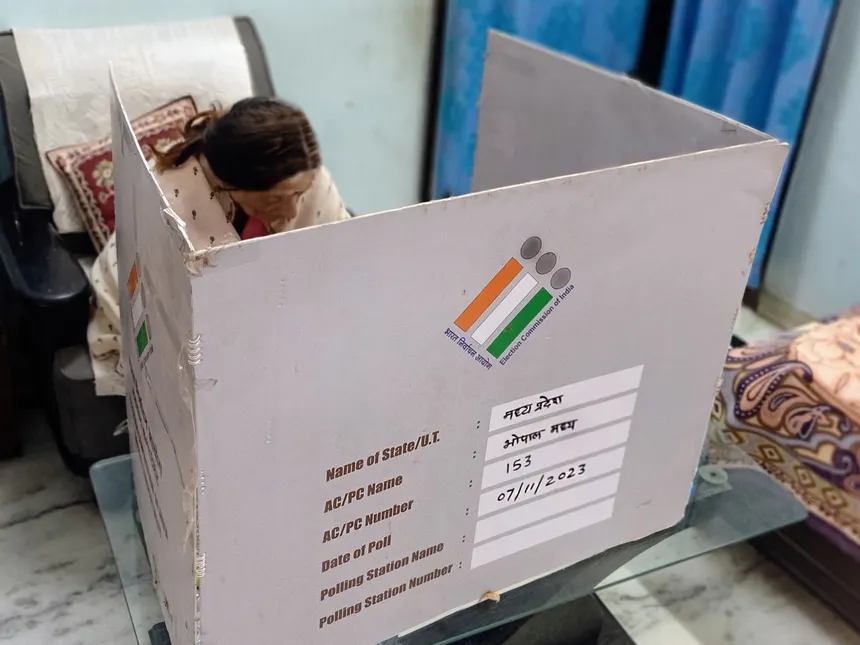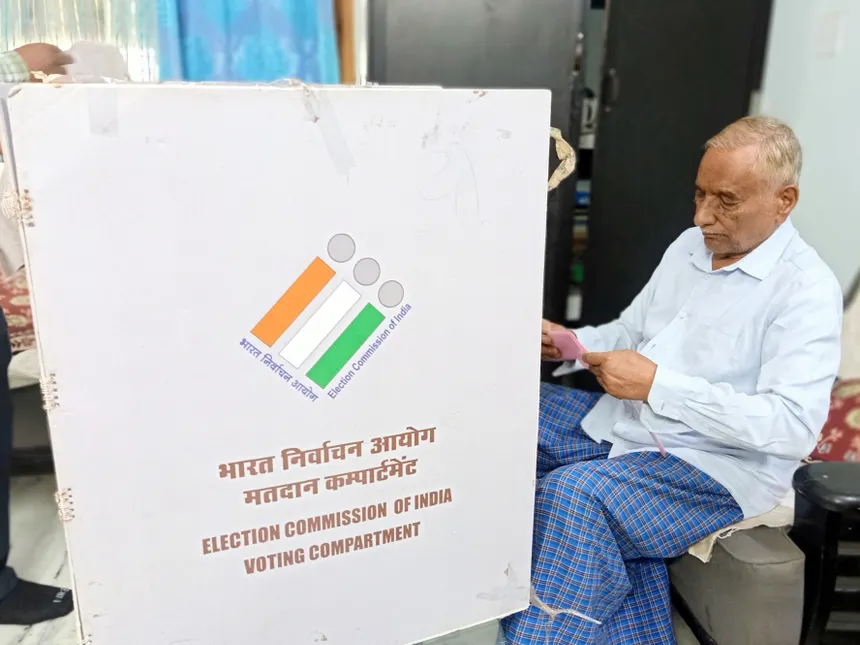In Indian politics, the phrase “booth-level management” has become a buzzword, especially during election season. But what does it entail, and how does it impact the outcome of the country’s largest democratic exercises? To understand this complex phenomenon, let’s go into the intricacies of booth-level management and explore how it works in the Indian election terrain.
The Booth: The Nexus of Politics and Voting
Booths, in the context of Indian elections, refer to the basic polling stations where voters cast their ballots. It is at this level that the process of booth-level management comes into play. Each booth is responsible for a specific geographic area, known as a polling station, which may comprise a few buildings, a neighborhood, or even a single apartment complex. With the sheer scale of India’s voter base, booths play a critical role in aggregating votes and ensuring a smooth election process.
The Role of Booth Agents and Volunteers
Booth-level management is facilitated through a network of booth agents and volunteers who work tirelessly to ensure that the polling process runs smoothly. These individuals are nominated by political parties and are responsible for overseeing the functioning of their assigned booth. They play a crucial role in monitoring the electoral process, identifying potential issues, and addressing any grievances that may arise during voting.
Voter Verification and Management

One of the key aspects of booth-level management is voter verification and management. Booth agents and volunteers are responsible for ensuring that voters are registered and eligible to cast their ballots. This involves checking voter ID cards, verifying addresses, and handling any discrepancies that may arise. Effective management of the voting process requires a deep understanding of the electoral roll, voter demographics, and local political dynamics.
Polling Station Hierarchy and Chain of Command
Every polling station has a defined hierarchy, with multiple individuals responsible for different aspects of the voting process. At the top of the hierarchy is the polling officer, who is responsible for overseeing the entire operation. Next in line are the assistant polling officers, who assist in the supervision of voting and ensure that the process remains impartial. Booth agents and volunteers report to the polling officers and are responsible for carrying out specific tasks, such as registering voters and counting votes.
Technical and Logistic Challenges
Despite its importance, booth-level management is not without its challenges. Booths face technical issues, such as malfunctioning Electronic Voting Machines (EVMs), and logistics challenges, such as managing long queues and handling crowds. In recent years, the Indian Election Commission has taken steps to address these issues, introducing measures such as the use of VVPAT (Voter Verified Paper Audit Trails) and increasing the number of polling stations.
The Human Factor: Booth-Level Management in Practice
Beyond the technical and logistical aspects of booth-level management, there is the human factor. Booth agents and volunteers are often local residents who have been nominated by political parties. In many cases, they may have existing relationships with voters, which can influence their decision-making during the polling process. The success of booth-level management ultimately hinges on the dedication, professionalism, and leadership displayed by these individuals.


